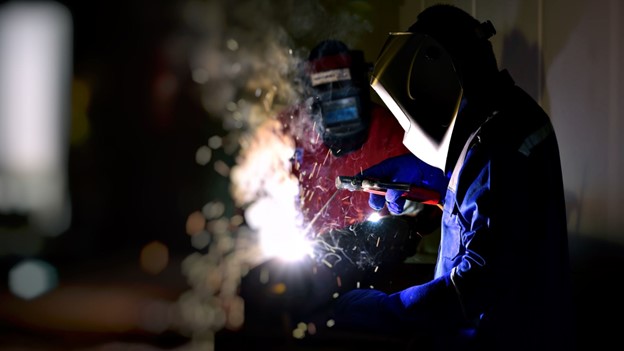Keeping machinery within safe temperature ranges is one of the most important factors in sustaining industrial performance. Temperature control has become a key part of predictive maintenance strategies, helping organizations cut down on costly downtime and anticipate equipment issues before they occur. Through predictive thermal practices, facilities can track heat in real time, protect critical components, and sustain output.
Thermal Imaging as a Frontline Tool
Thermal imaging, or thermography, remains one of the most practical techniques for predictive maintenance. Using infrared cameras, teams can capture detailed heat signatures without interrupting operations. These scans make it possible to detect overheating, abnormal temperature variations, and electrical concerns at an early stage. Acting on this data—whether adjusting cooling, applying lubrication, or scheduling repairs—helps extend the service life of machinery while reducing interruptions.
Material Performance Under Heat
The materials used in equipment are heavily influenced by temperature thresholds. Industrial borosilicate glass, for example, can withstand up to 932°F (500°C), making it well suited for high-heat environments. More advanced glass-ceramics, including PyroCeram® and NeoCeram®, tolerate even higher temperatures, up to 1470°F (800°C), delivering stability for demanding industrial applications.
Electronic components face their own thermal limits. Every chip, board, and circuit is engineered for a specific range. Exceeding those ranges risks malfunction or permanent failure. Continuous thermal monitoring helps safeguard these systems, keeping them functional and efficient.
Integrating Multiple Data Sources
Thermal management is most effective when combined with other predictive maintenance methods. Pairing thermal scans with vibration data and motor circuit testing provides a broader view of equipment health. This integration allows teams to forecast problems more accurately and fine-tune maintenance schedules, boosting overall efficiency.
Training: The Human Side of Thermal Management
Technology is only as effective as the people using it. Maintenance teams must be trained to handle thermal cameras correctly and interpret the images with confidence. Regular training keeps teams current with technological advances and strengthens their ability to act on findings, ensuring that predictive thermal management delivers maximum benefit.
Why Predictive Thermal Management Pays Off
Strong thermal management strategies do more than stop unexpected failures. They create a proactive framework that keeps machinery running safely, reduces repair expenses, and protects production quality. With regular inspections, attention to material tolerances, and continued workforce training, businesses can build systems that reliably meet the challenges of industrial operations. For more information on thermal management in predictive maintenance, please check the accompanying resource from Linseis, a provider of thermal analysis equipment.
Hey, Molar is the voice behind this all-encompassing blog, sharing expert insights and practical advice on business, real estate, and more. Dedicated to helping you navigate the complexities of these fields, Kelly provides the latest trends, in-depth analyses, and creative strategies to elevate your ventures.
